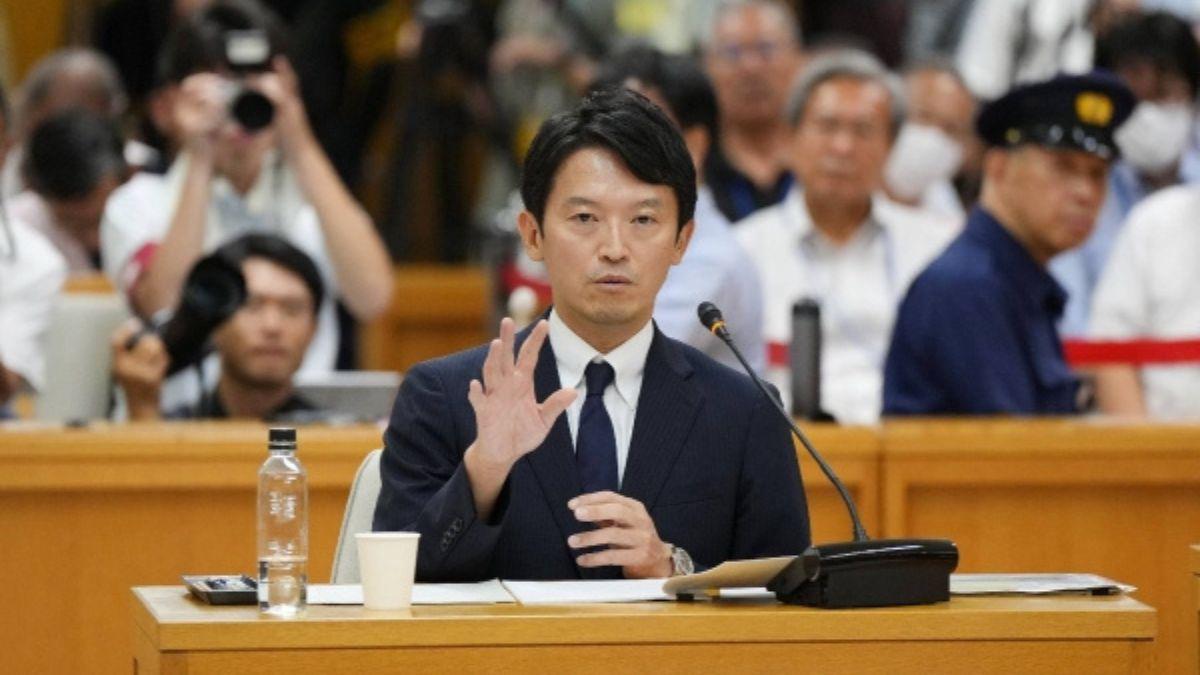 Image Credits: The Japan Times
Image Credits: The Japan Times
On September 6th, Hyogo Governor Saito Motohiko appeared before the Prefectural Assembly’s Special Investigative Committee, known as the Hyakujo Committee, to address ongoing allegations of power harassment. This session, following a previous intense round of questioning on August 30th, focused on the appropriateness of the disciplinary actions taken against the late former Director of the Nishiharima Prefectural Affairs Bureau, who had initially raised the allegations.
Governor Saito, clad in a dark suit and accompanied by his lawyer, testified under oath at the afternoon hearing. The committee’s line of questioning began with a probing inquiry into the origins of incriminating documents that have surfaced. Saito nervously disclosed that these documents had come into his possession through a private citizen, although the specifics of the identity remained vague.
The documents in question were authored by the former bureau director and detailed seven allegations against Governor Saito and others. The whistleblower, who sent the documents anonymously to various media outlets in March, was subsequently identified by Saito’s administration. Upon receiving the documents on March 20th from an acquaintance, Governor Saito directed his senior officials to investigate. This led to a controversial decision on March 25th, when the vice governor and other officials visited the former director’s office and seized his official computer, revealing the accuser’s identity and the document data.
During the session, Saito refuted the allegations, asserting that the core accusations outlined in the documents were false. The governor’s defense hinges on a claim that the key assertions within the documents are inaccurate, raising questions about the legitimacy of the allegations and the investigative process. As scrutiny continues, the committee’s findings will be crucial in determining whether any legal or ethical breaches occurred in handling the whistleblower’s accusations.
